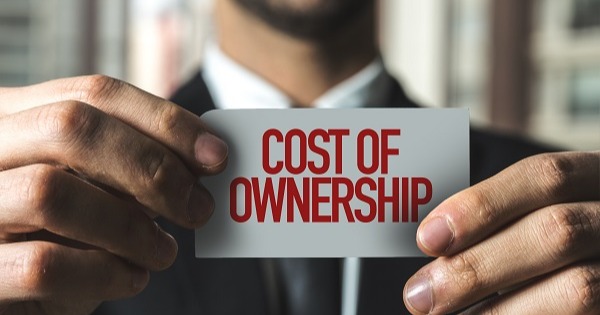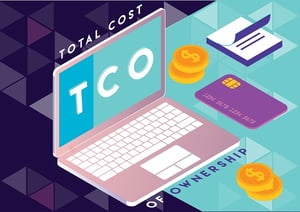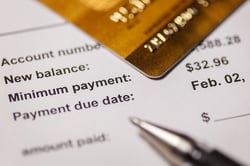When you make a major purchase, you're generally focused on the price. But there's more to consider than just the upfront amount, because the costs don't really stop at the price tag. Whether it's an electronic device, an appliance, a car, nice clothing, or something else, there are costs that come along with the maintenance and care for these products.

Unfortunately, you might not think about those other costs before you make your purchase. But everyone should understand the true cost of owning something before they buy it. Before you sign on the dotted line or otherwise agree to buy something large, take a careful look at how much you'll really be paying. Here's what to consider.
Assessing the True Cost to Own Before You Buy
Anyone can make better purchasing decisions, and one of the best ways to do that is through knowledge. For example, read the fine print of any contract you're signing, and be sure you understand the interest rate and terms provided. If you're buying a car, you need to understand the ancillary costs.  Your insurance will likely be higher on a newer vehicle. You may also need to use premium gasoline, and the car could potentially use synthetic oil or need more maintenance in other ways.
Your insurance will likely be higher on a newer vehicle. You may also need to use premium gasoline, and the car could potentially use synthetic oil or need more maintenance in other ways.
While a lot of people just look at how much the payments will cost them, they forget that the true cost of the vehicle, appliance, or other high-ticket item is far more than just how much they are paying every month, multiplied by the number of months they will make that payment. Even items with no-interest financing and other benefits have additional costs. Being sure you understand the complete cost to own can help you make wise financial decisions.
A Purchase is More Than a Minimum Payment  Keep in mind that any larger items you purchase will often be centered around the minimum payments. Salespeople tend to focus on this, because they want to show you that you can "afford" the item, because you can make the payment. Even if you can comfortably afford the minimum payment on a purchase, that doesn't mean it fits into your overall budget. The interest rate can mean you'll pay a lot of extra money, and there will be costs of ownership, as well.
Keep in mind that any larger items you purchase will often be centered around the minimum payments. Salespeople tend to focus on this, because they want to show you that you can "afford" the item, because you can make the payment. Even if you can comfortably afford the minimum payment on a purchase, that doesn't mean it fits into your overall budget. The interest rate can mean you'll pay a lot of extra money, and there will be costs of ownership, as well.
Appliances have extended warranties you can buy, but that adds to their cost. Expensive clothing will likely need to be dry cleaned, which also costs extra. Many electronic devices become obsolete quickly, meaning you'll need to buy another one -- sometimes before you've paid off the one you currently have. There are many ways to save money and have a better financial future, and understanding the true ownership cost of an item before you buy it is one of the best ways to determine whether that item is really needed.
If you truly need an item, even a large-ticket purchase, buying it wisely and carefully can make sense. But if you really don't need it, or something that costs far less would also work, it may be better to save your money or spend it elsewhere, on needed items. When you do buy, make sure you understand what it's really costing you. That way you can make an informed decision to properly manage your financial future.






